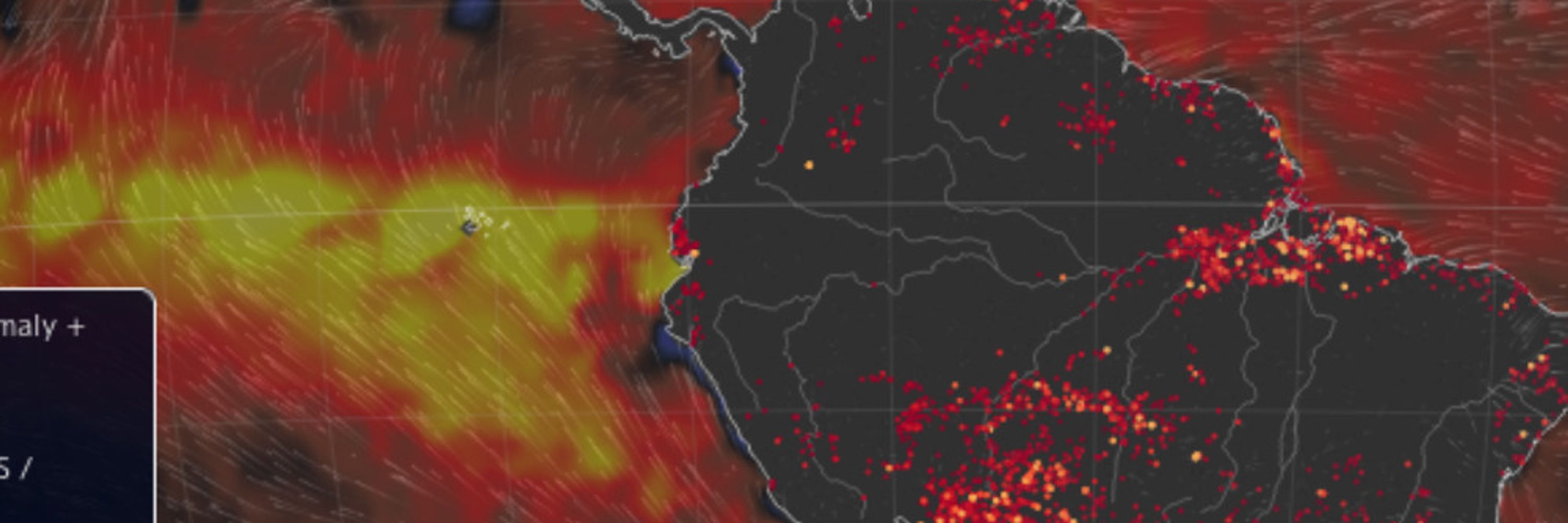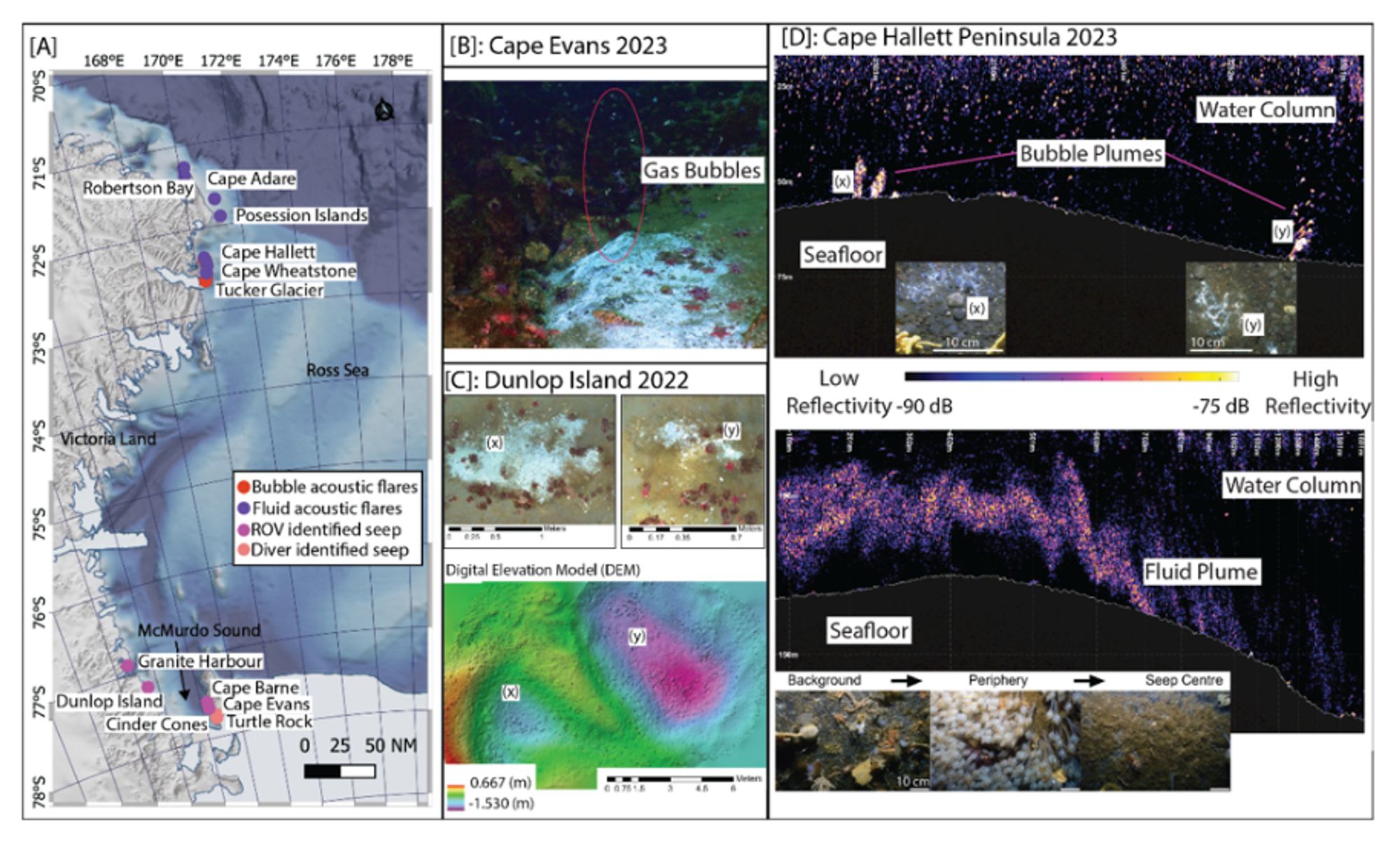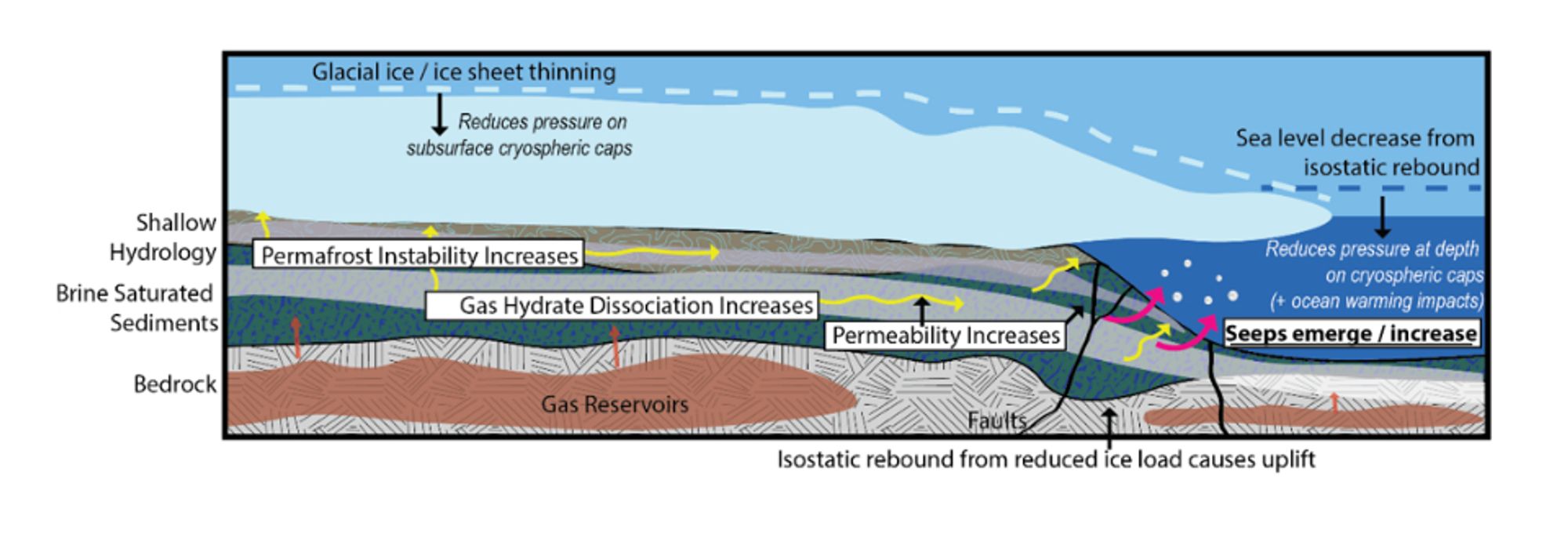
umsonst.bsky.social
@umsonst.bsky.social
Earth-System Nerd
203 followers13 following4.3k posts
Such a mechanism is inherently climate sensitive and may be widespread around the Antarctic Continent, with concerning positive feedbacks that are currently undetermined. www.researchsquare.com/article/rs-3...
While the origin, driving mechanisms, and consequence of these seep systems remains unknown, their recent emergence is consistent with cryospheric cap degradation initiating new fluid ow pathways.

umsonst.bsky.social
@umsonst.bsky.social
Earth-System Nerd
203 followers13 following4.3k posts

